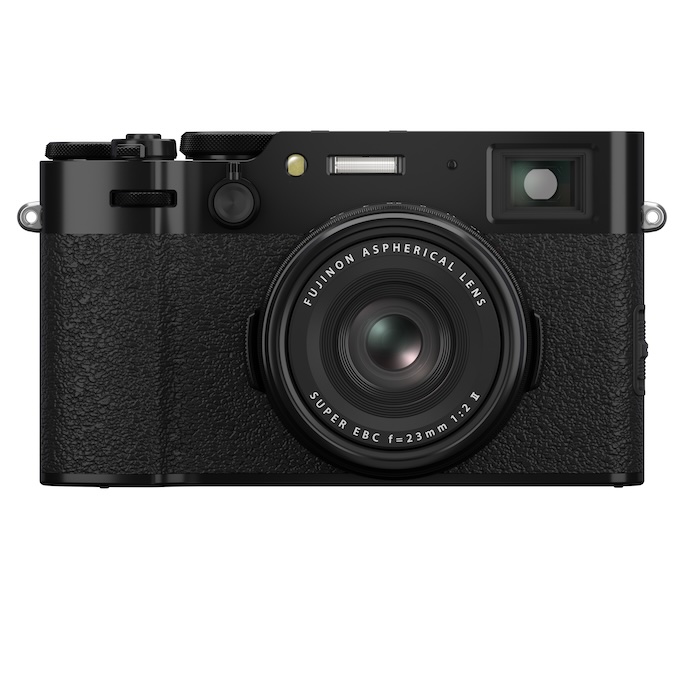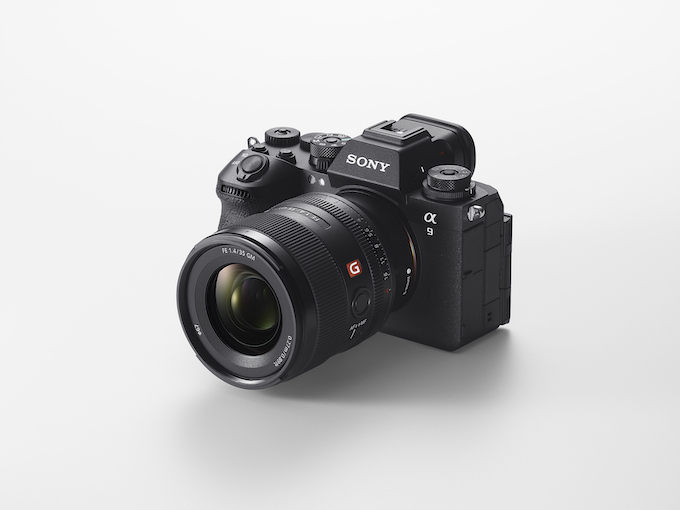Gear
Rangefinder is a member of the Technical Image Press Association (TIPA), which has partnered with the testing laboratory Image Engineering for detailed camera reviews, including the new Sony A1, featured here.
Life may be unpredictable, but digital cameras typically aren’t. Their technological evolution follows a broadly recognizable trajectory, even if there are some surprising detours along the way. Cameras get faster. Resolutions get higher. Bodies get smaller and lighter. Batteries last longer.

Every once in a while, though, there are cameras where these evolutionary steps look more like a leap. Sony’s Alpha 1 is a good example. At 50 megapixels, it’s not shattering any resolution limits, but the combination of its resolution and continuous shooting speed is something to behold: the Alpha A1 is capable of capturing 50-megapixel images at 30 fps. This faster-than-a-Hollywood-movie frame rate can be sustained for up to 155 RAW images or 165 JPEGs while the camera performs both autofocus and auto exposure tracking.
[Read: Sony Alpha 7C Review: The Lab Test Results Are In]
Beyond its blazing speed, the Alpha 1 boasts 759 AF points covering 92 percent of the sensor. The AF system supports real-time Eye-AF for humans, but also animals and birds. The Alpha 1’s in-body stabilizer is good for 5.5 stops of shake reduction.
Another notable advancement debuting in the Alpha 1 is the high-resolution electronic viewfinder (EVF). With 9.44 million dots and a refresh rate of 240fps, it sets a new benchmark for mirrorless EVFs.
As for video recording, the Alpha 1 joins the slowly expanding ranks of cameras capable of recording 8K video. In addition to 8K/30p recording, you can capture 10-bit 4K footage at up to 120p or output a 16-bit RAW signal from the camera’s HDMI port. According to Sony, you can enjoy recording times up to 30 minutes thanks to a body design optimized for heat dissipation.
You can find a full rundown of the Alpha 1’s specs here.
Sony A1: Respectable Resolving Power
The Alpha 1 can resolve 96 percent of its sensor’s theoretical maximum, a good, if not outstanding result for a camera with this many pixels packed into its sensor. It’s on par with Panasonic’s Lumix S1R and Nikon’s Z 7 II, but lags Canon’s 45-megapixel EOS R5, which is capable of resolving 104 percent of its sensor’s theoretical maximum.
The Alpha 1’s resolution stays above 90 percent at ISO 400 and drops to 88 percent at ISO 800. At ISO 6400, Image Engineering found the A1 resolving 85 percent of its sensor’s theoretical maximum,delivering about the same resolving power as the Lumix S1R or Nikon’s Z 7II. Again, though, it’s significantly behind the EOS R5, which can still resolve 100 percent of its theoretical maximum resolution at ISO 6400.
[Read: Sony FX3 Camera Announced: Compact Cinematography at $3,900]
According to Image Engineering, the Alpha 1 does lay on the sharpening, particularly along high-contrast edges. Texture reproduction is good at low ISOs, but declines “fairly rapidly” as you start to push the ISO.
Decent Noise Control
Image Engineering found the Alpha 1’s noise control “decent” when viewing images at 100 percent on a display. Images will show less noise if you set the camera to “High ISO Noise Reduction – Normal.” Images won’t show noise at 100 percent until ISO 1600 and even then it’s “barely observable.” Considering the high resolutions at play, that’s no small feat.
Lower resolution (but still high pixel count) cameras tend to fare better at controlling noise. The Z 7II images, for instance, wouldn’t show visible noise when viewed at 100 percent until ISO 3200. That said, both the Lumix S1R and the EOS R5 will start to display visible noise in this viewing condition at lower ISOs.
Switch to printed output, and the Alpha 1 didn’t show visible noise at any ISO value tested. That’s comparable to the performance of the EOS R5.
Dynamic Range & Color Reproduction
The Alpha 1 can achieve a maximum of 10.5 f-stops at ISO 100, slightly behind the R5 but besting the Lumix S1R and Nikon Z 7II.
Dynamic range will contract a bit as you scale up the ISO, which is typical. At ISO 1600, the Alpha 1 delivered 9 stops of dynamic range and down to 8.5 stops at ISO 3200. The camera’s dynamic range is a shade less than the Lumix S1R at ISO 1600 (9.6 stops) but compares favorably to the Nikon Z 7II, which dips below 9 stops at ISO 1600.
As for color reproduction, the lab found seven colors deviating strongly from the original, including two purples, a blue, a green and two reds. That’s a good result, similar to the accuracy of the Lumix S1R and the Z 7II (six strong deviations) but trailing the performance measured from the EOS R5 (only three strong deviations). Automatic white balance was pronounced “excellent.”

Sony A1’s Outstanding Video Performance
While its still image resolving power isn’t necessarily class-leading, the Alpha 1 did deliver excellent video resolution: Image Engineering found the camera capable of hitting 107 percent of its sensor’s theoretical maximum in 4K videos made both at ISO 100 and ISO 1600. When shooting 8K video, the resolution was similarly solid at 98 percent at ISO 100 and nearly the same at ISO 1600.
The Alpha 1 does a decent job at texture reproduction when shooting video at both low and high ISOs. Image Engineering found the sharpening milder during filming than still photography, too. The camera controls noise well during 8K recording. There’s no visible noise in still frames isolated from 8K videos when viewed at 100 percent on a monitor, with the exception of videos shot at ISO 1600. As you push ISOs, noise will crop up mostly in paler mid-tones.
Switch to 4K video, and it’s a similar story: No visible noise in still frames viewed at 100 percent up to ISO 1600.
You can expect over 10 stops of dynamic range at ISO 100 and good color reproduction when shooting 8K video. In terms of dynamic range, the Alpha 1 outperformed all of its aforementioned rivals.

Speed: Alpha Alone
The Alpha 1 was clocked in continuous shooting mode using both its mechanical and electronic shutter. Using the former, the camera hums along at 9 fps until the card is full. Switch to the electronic shutter, and you can hit the aforementioned 29 fps. The camera shot JPEGs at this speed until the card was full. Switch to RAW photos, and the Alpha 1 still achieved a stunning 20 fps, only slowing down at the 90th image. If you have a tendency to “spray and pray” then the Alpha 1 can indulge this impulse like no other camera.
The camera takes a second to start up and less than a third of a second to focus and shoot an image in bright light (300lx). In lower light (30x), the camera took two tenths of a second. Image Engineering was also impressed with how well eyedetection (for humans) worked in dimmer lighting.
Price: $6,500





